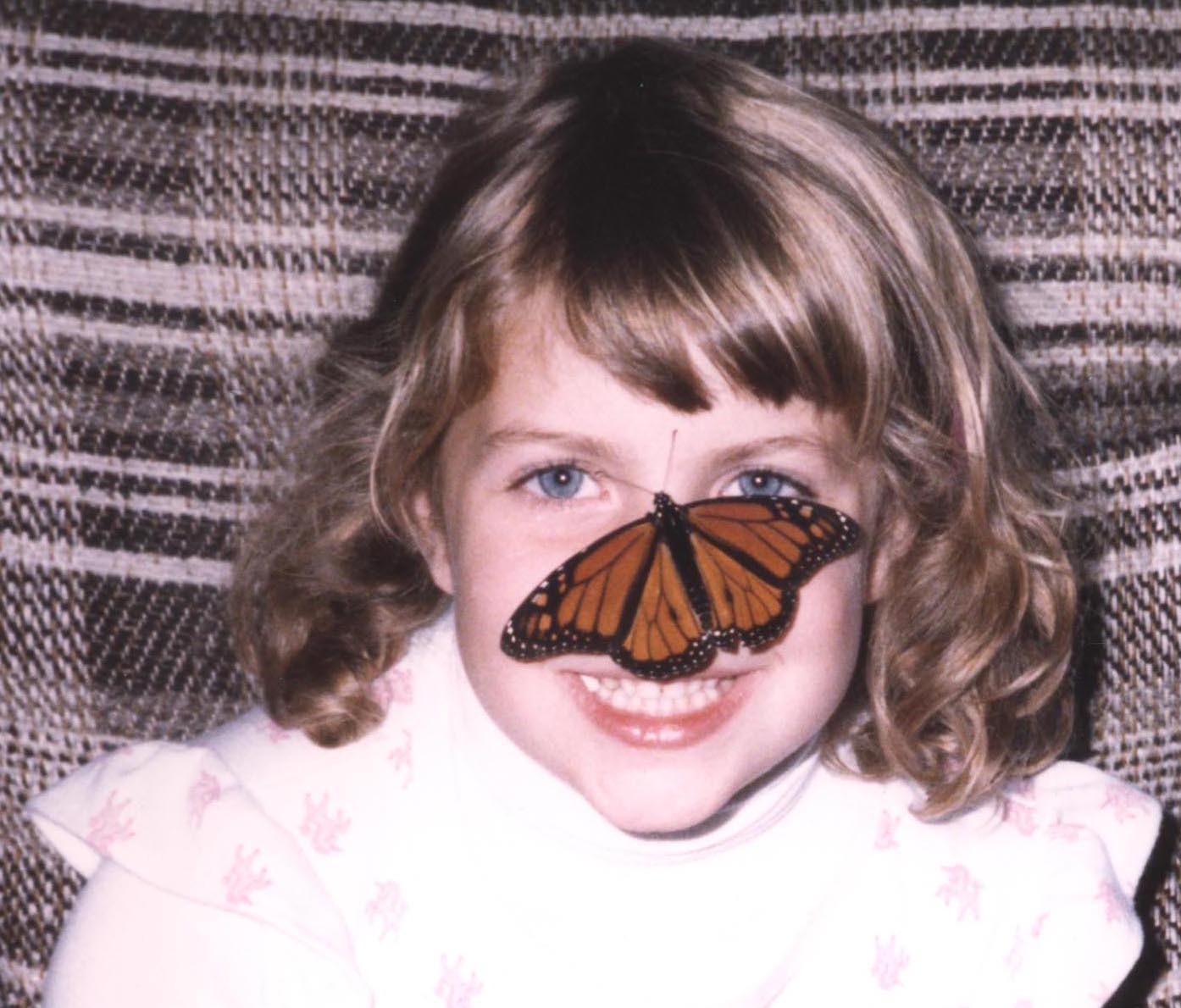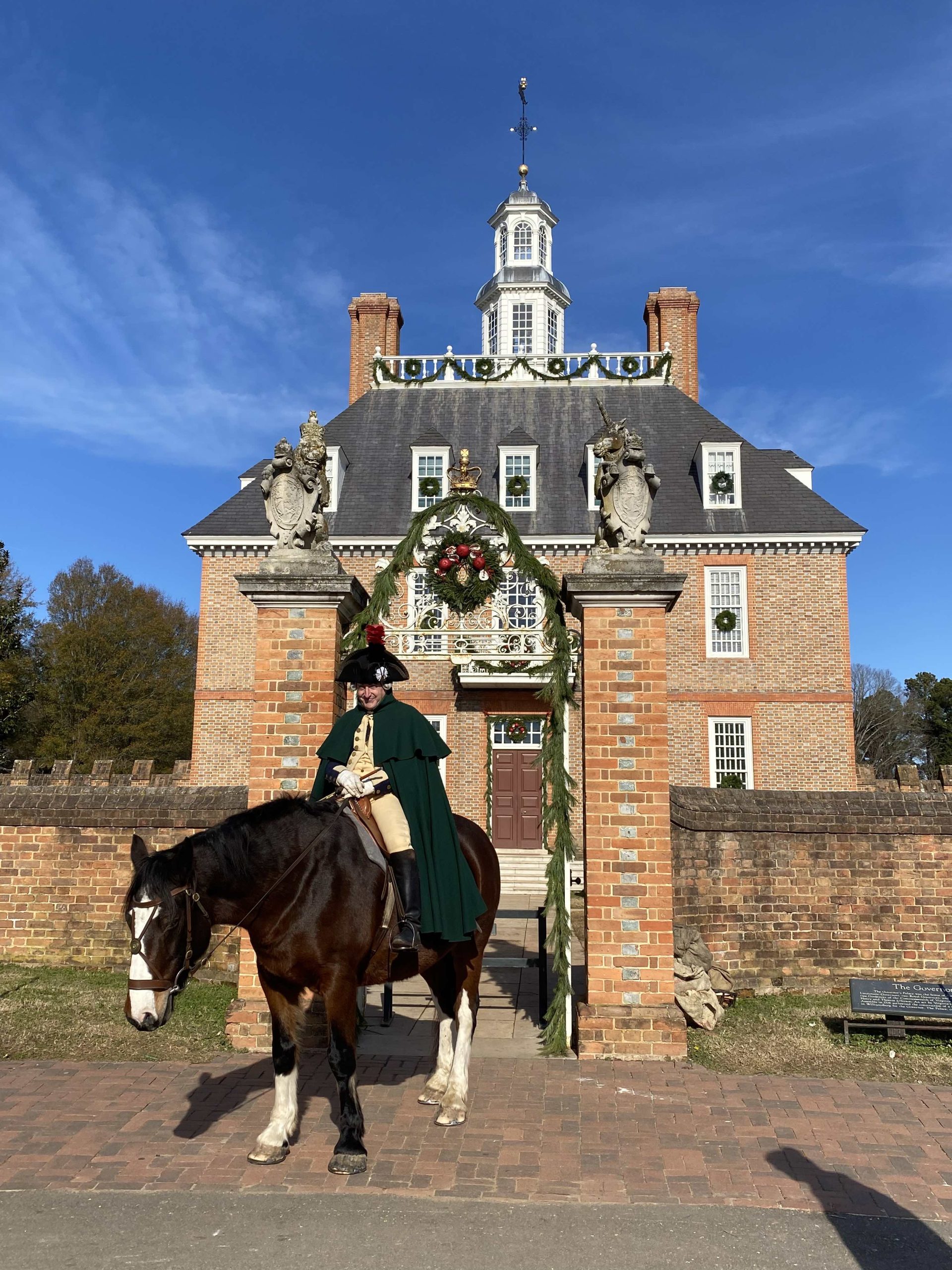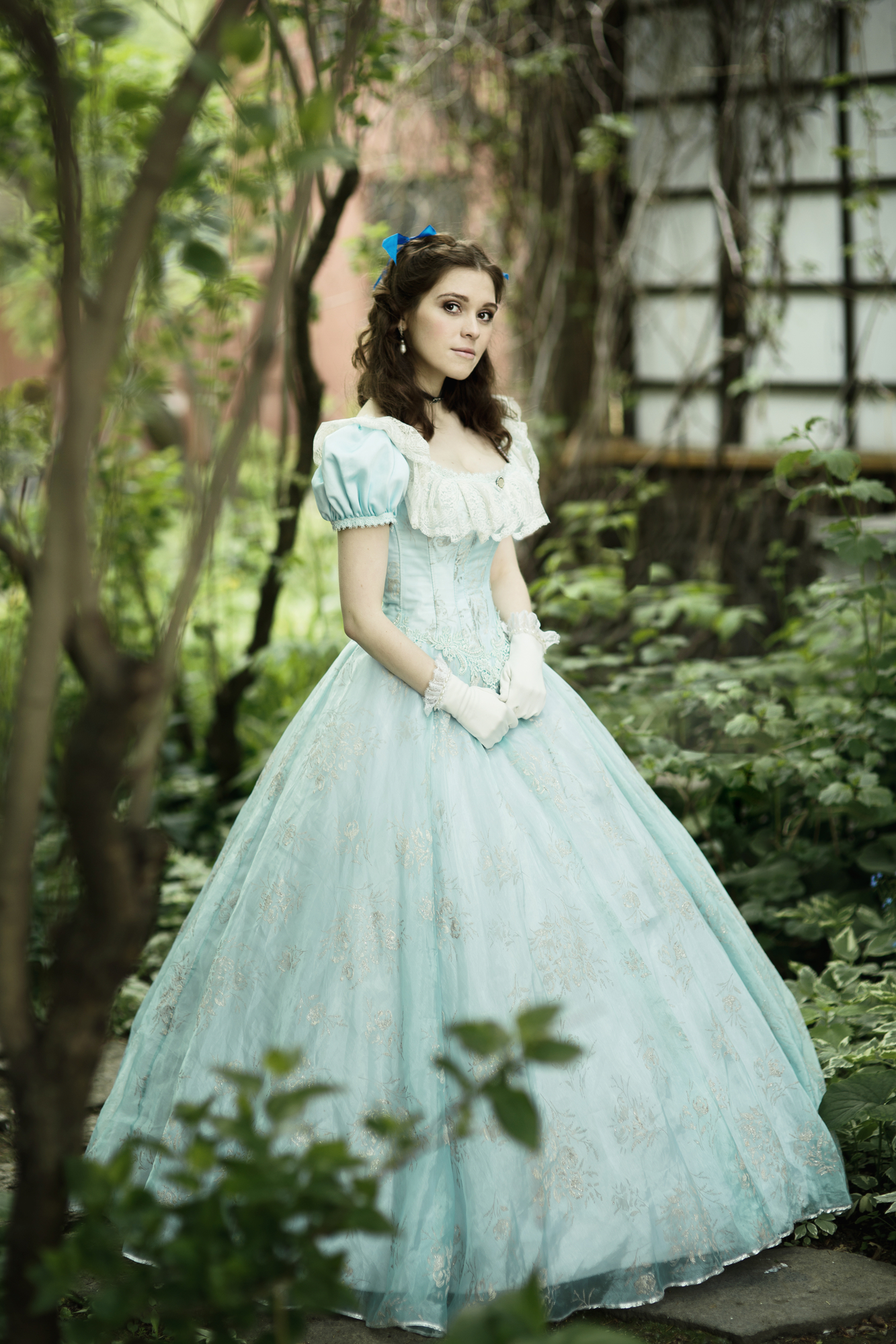
For the Love of Critters
One of my characters, Clare Stratford, is a Southern belle. When she falls in love, however, she considers spending the rest of her life as a Cheyenne Indian. So I knew she couldn’t be prone to “the vapors”; she had to be fearless and in touch with the natural world. Therefore, I gave Clare my…

My Debt to Colonial Williamsburg
Most of my Lazare Family Saga series takes place in the 19th century, so you might think visits to an 18th-century living history museum wouldn’t be terribly useful to my research. In fact, Colonial Williamsburg in Virginia was one of the richest sources for my fiction set mostly in 19th-century South Carolina. Here’s how! After I moved…

Anatomy of a Book Cover, Part 1
After five months of research and revisions, the ebooks of The Lazare Family Saga have brand-new covers at last! If you’re curious why and how they look the way they do, make yourself comfortable. The creation of these four covers for my fictional family saga is a saga itself, so I’ve split it into two…
The Importance of Warts
My fellow historical novelist M. K. Tod invited me to write a guest post on her excellent blog A Writer of History. From Colonial Williamsburg to historical novelists, I argue that those interpreting the past should strive for authenticity, even—especially—when it’s not pretty. Or as I like to call it, The Importance of Warts. Read…
End of content
End of content
